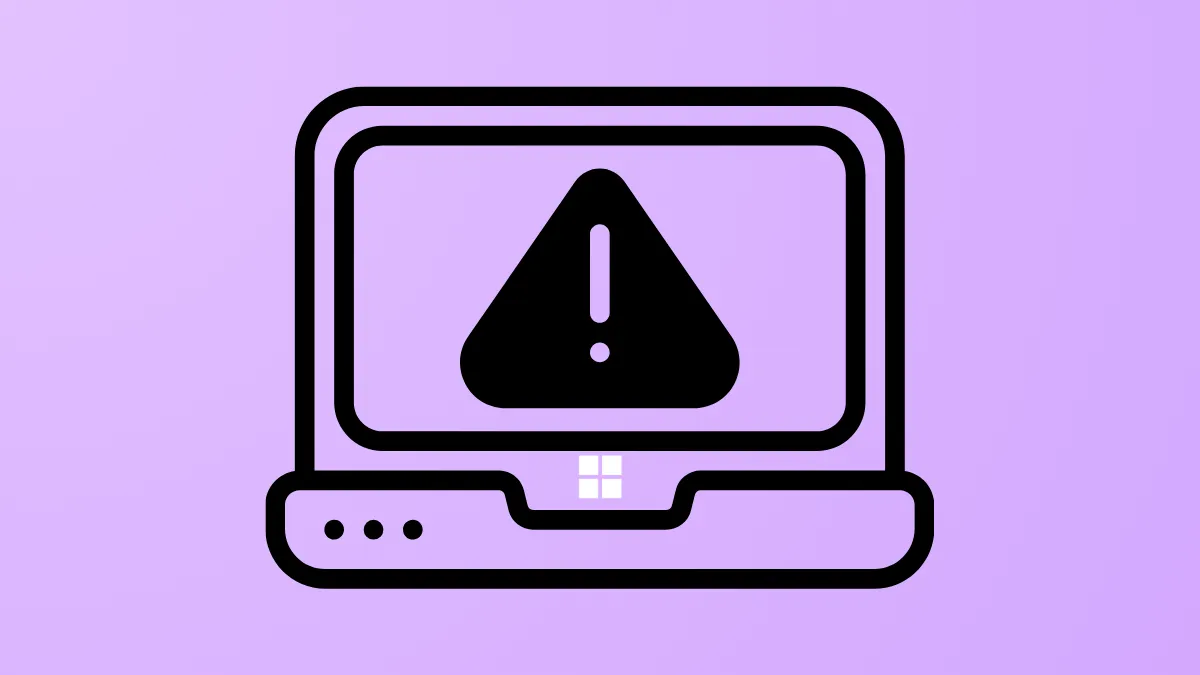Windows 11 systems may freeze or stop responding due to issues with drivers, system files, hardware conflicts, or overloaded resources. These freezes can lock up the desktop, prevent input from the mouse or keyboard, and sometimes require a forced reboot. Addressing the root causes—whether software misconfigurations, outdated drivers, or hardware faults—restores stability and prevents future disruptions.
Update Graphics and System Drivers
Outdated or incompatible drivers, especially for the graphics card, often trigger desktop freezes in Windows 11. Driver updates resolve compatibility issues after system upgrades or new hardware installations.
Step 1: Open Device Manager by pressing Win + X and selecting Device Manager from the menu.
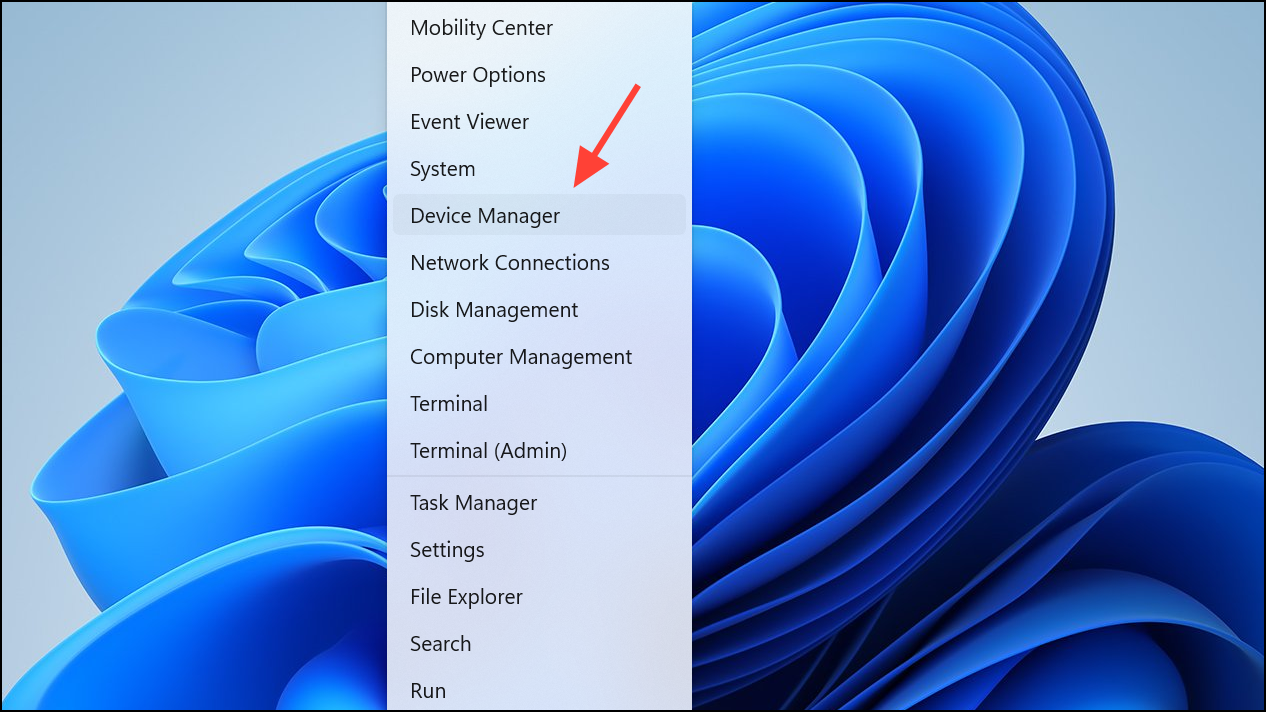
Step 2: Expand the Display adapters section, right-click your graphics card, and select Update driver.
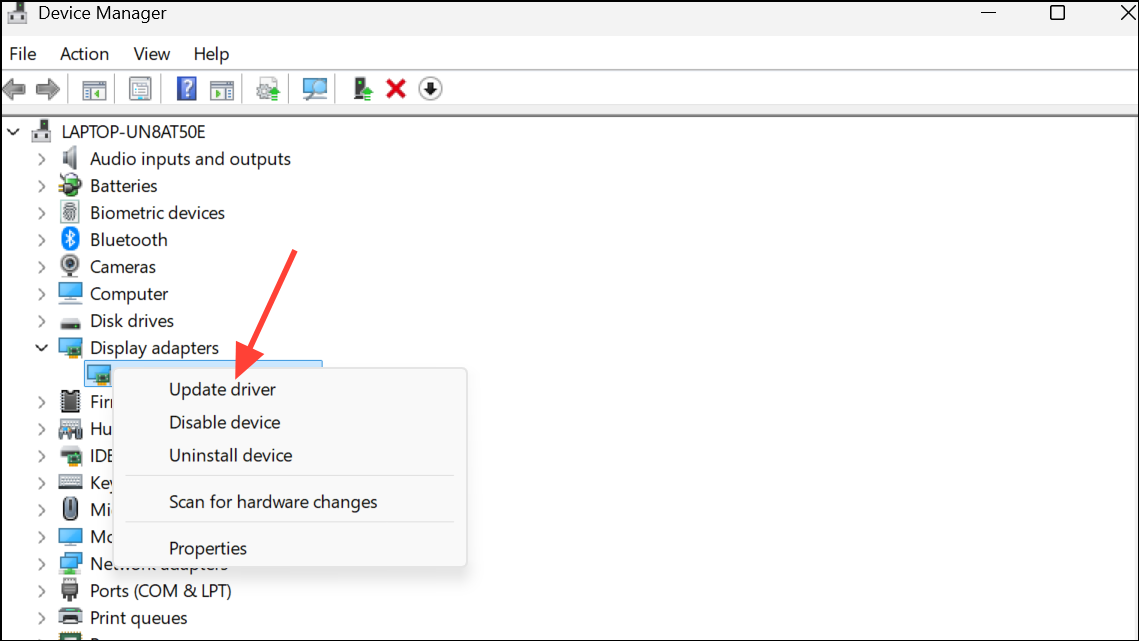
Step 3: Choose Search automatically for drivers. If a newer driver is available, Windows will install it automatically. Alternatively, visit your device manufacturer's website to download and install the latest drivers manually.
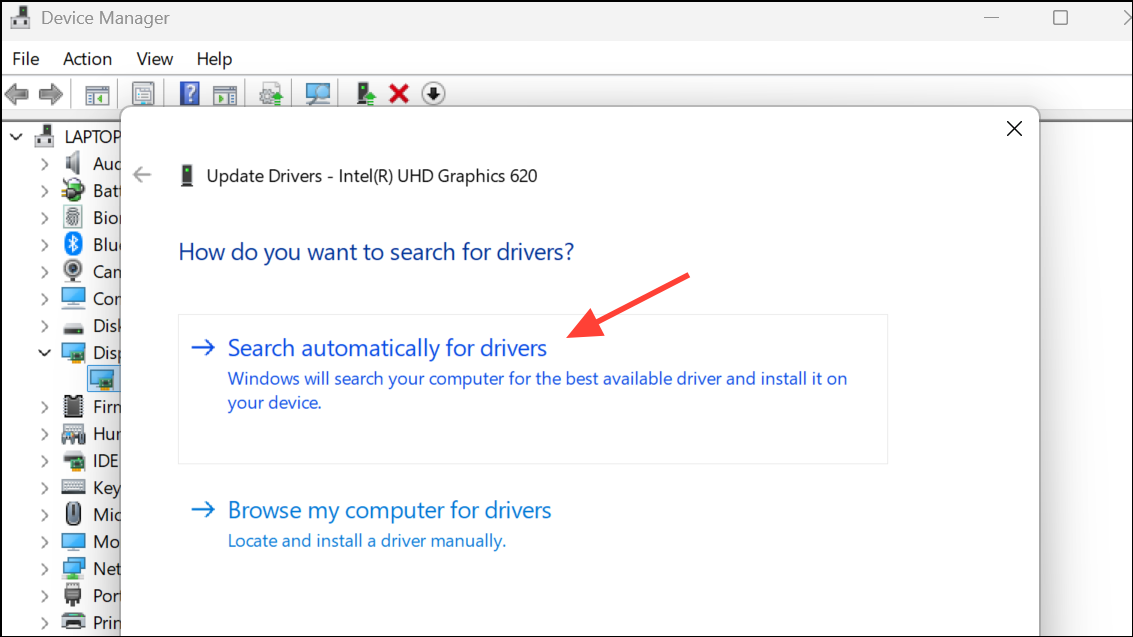
Updating drivers for other components, such as chipset and network adapters, can also prevent system conflicts that lead to freezes.
Run System File Checks and Repair Tools
Corrupted or missing system files can cause Windows 11 to freeze or become unresponsive. Built-in utilities like System File Checker (SFC) and Deployment Image Servicing and Management (DISM) repair these files and restore system stability.
Step 1: Open Command Prompt as an administrator by typing cmd in the Start menu, right-clicking Command Prompt, and selecting Run as administrator.
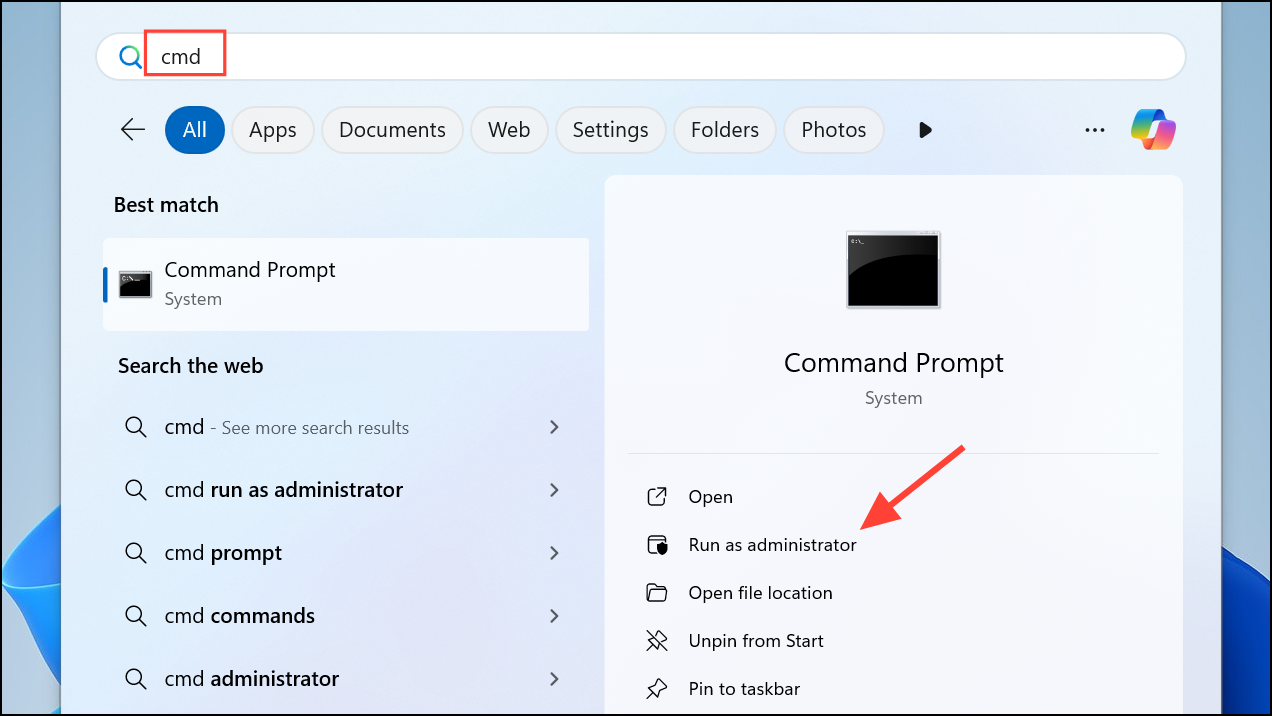
Step 2: Run the SFC scan by entering:
sfc /scannow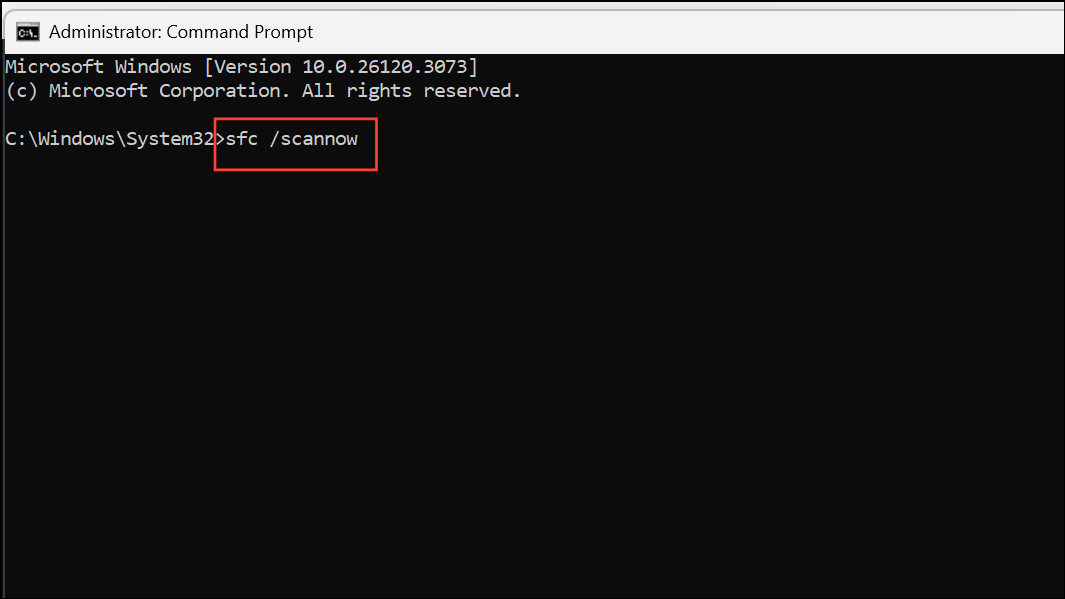
This process scans for and repairs corrupted system files. Wait for the scan to finish; it may take several minutes.
Step 3: If SFC reports issues it cannot fix, run the DISM tool with the command:
DISM /Online /Cleanup-Image /RestoreHealth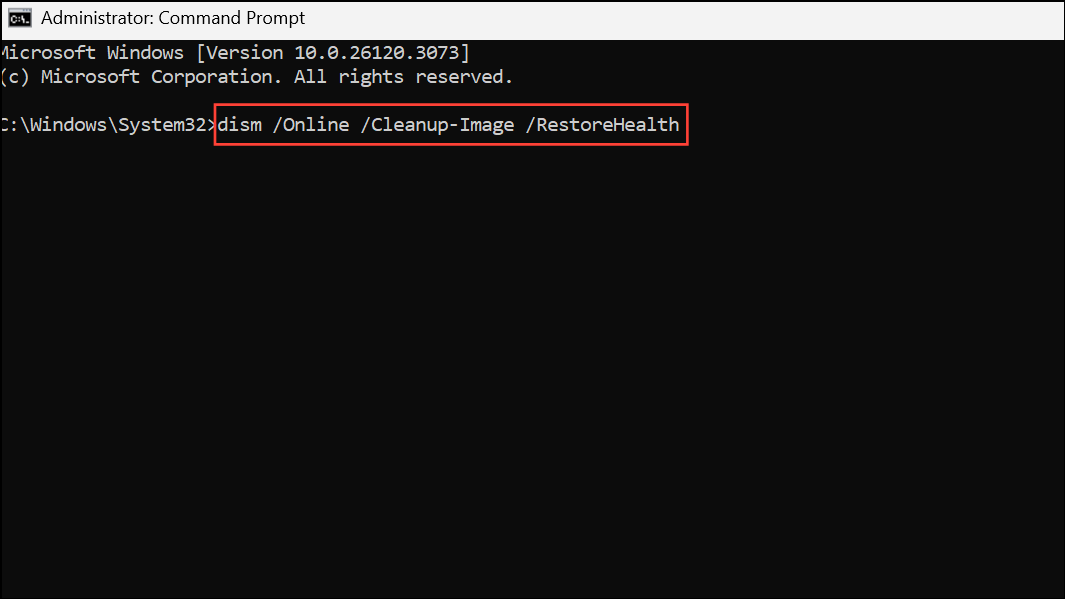
DISM checks for and repairs corruption in the Windows image, which further resolves persistent freezing problems.
Check for Windows and Optional Updates
Windows updates frequently include patches for bugs and performance issues that cause freezing. Installing the latest updates ensures system compatibility and stability.
Step 1: Open Settings from the Start menu.
Step 2: Go to Windows Update and click Check for updates. Install all available updates.
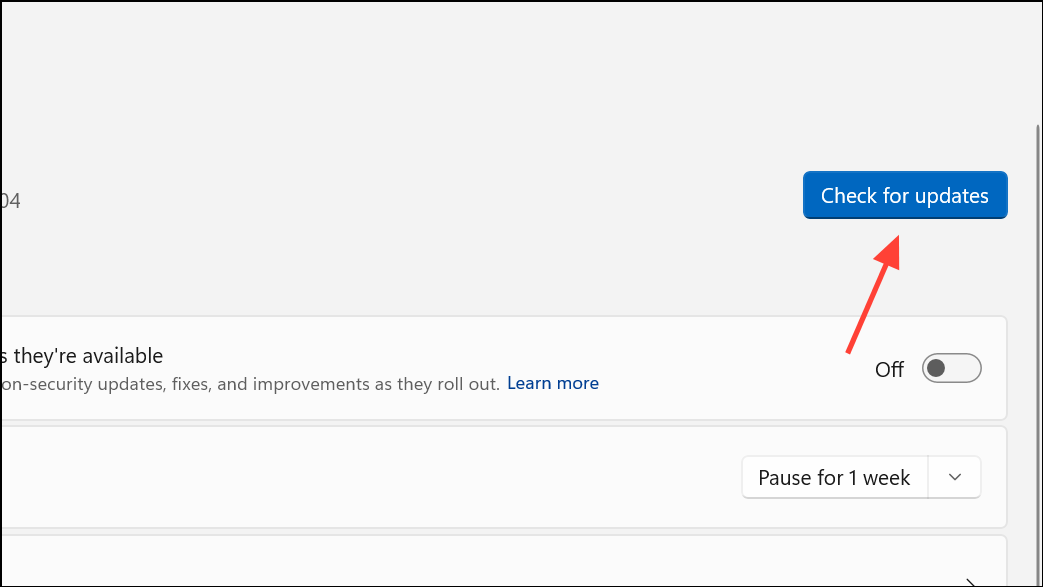
Step 3: For driver-specific updates, select Advanced options > Optional updates and review any listed driver updates. Install those relevant to your hardware.
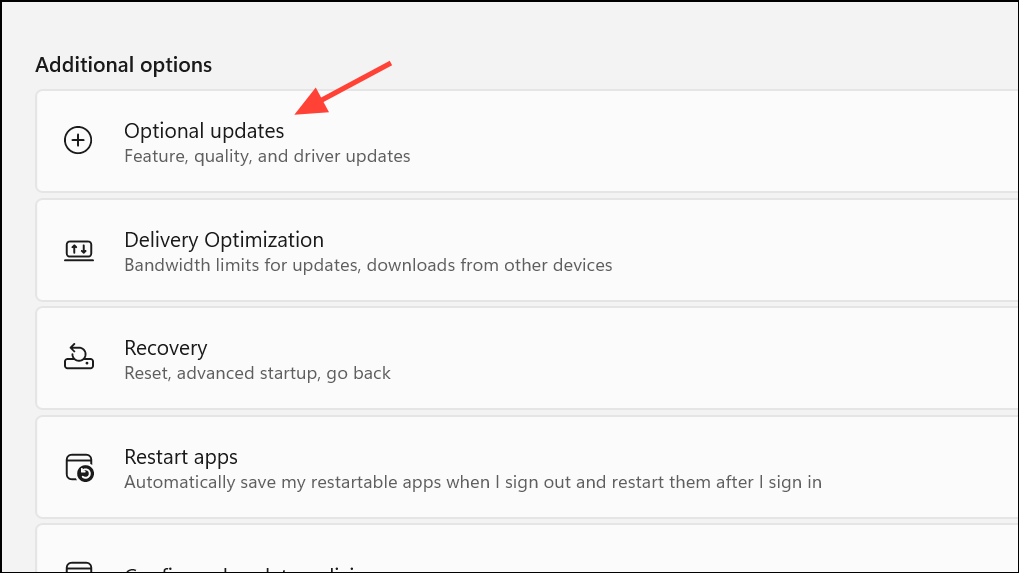
Adjust Screen Resolution and Display Settings
Improper screen resolution or incompatible display settings, especially when using high-resolution or ultrawide monitors, can overload graphics hardware and cause freezes.
Step 1: Open Settings and navigate to System > Display.
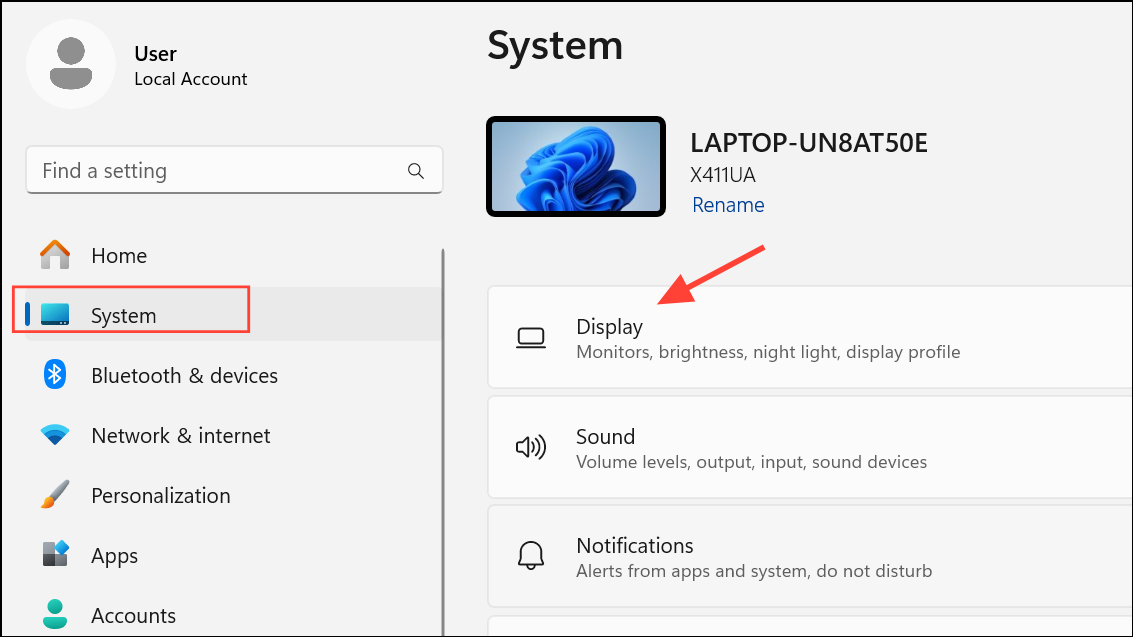
Step 2: Under Scale & layout, select a recommended resolution that matches your monitor and graphics card capability. For ultrawide monitors, switching to a standard 16:9 aspect ratio may resolve compatibility issues.
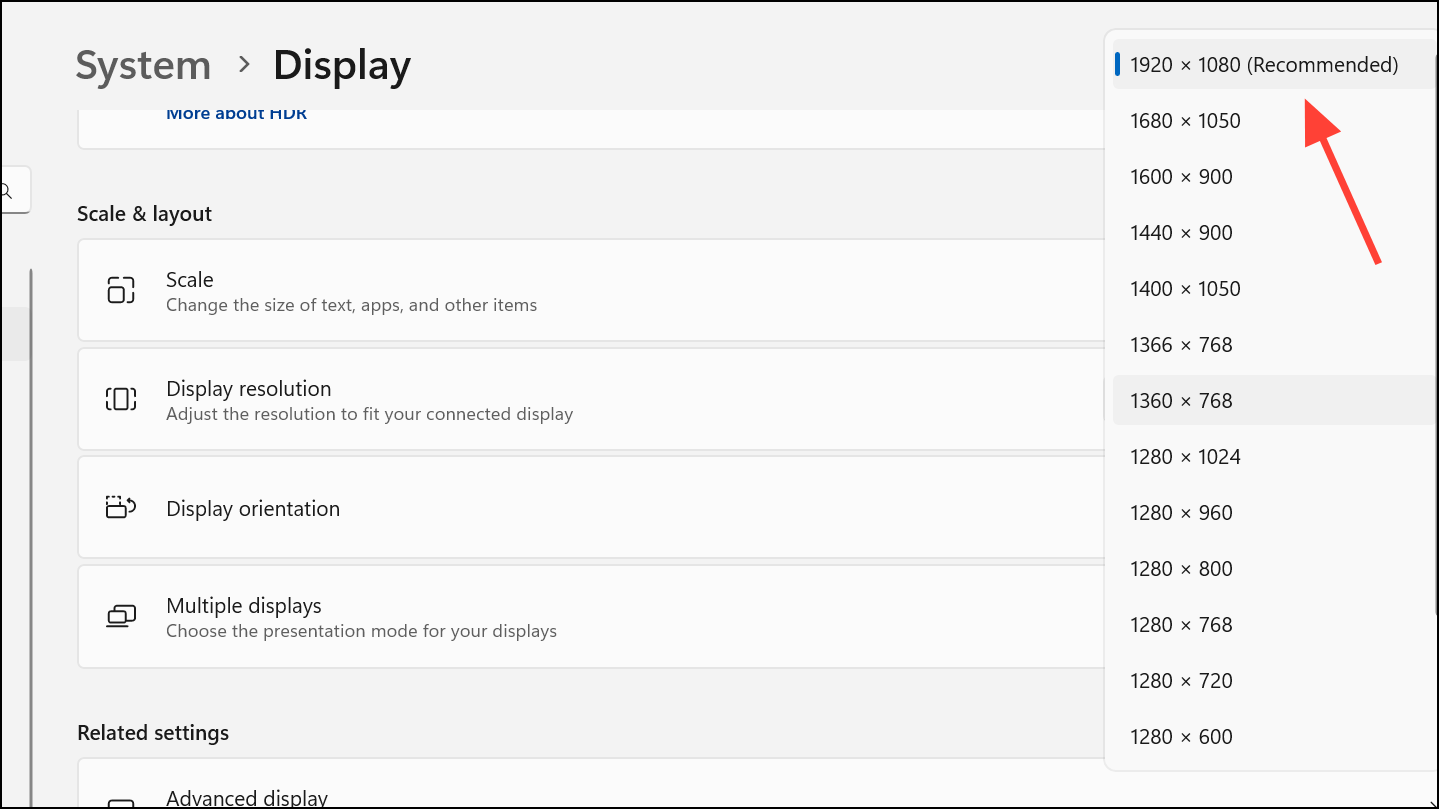
Lowering the resolution can reduce the processing load and prevent random freezes during demanding tasks.
Increase Virtual Memory
Insufficient RAM or virtual memory can lead to unresponsive applications and system freezes, particularly during resource-intensive tasks. Adjusting virtual memory (paging file) settings allocates additional space for system processes.
Step 1: Open Settings and search for performance. Select Adjust the appearance and performance of Windows.
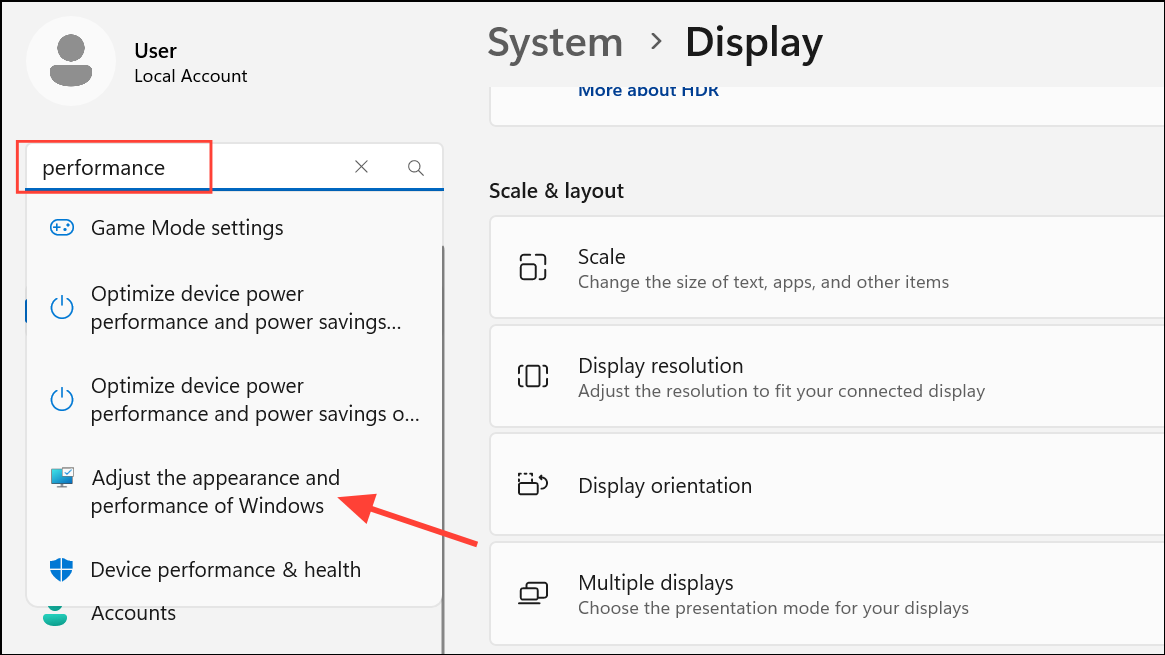
Step 2: In the Performance Options window, go to the Advanced tab and click Change under Virtual Memory.
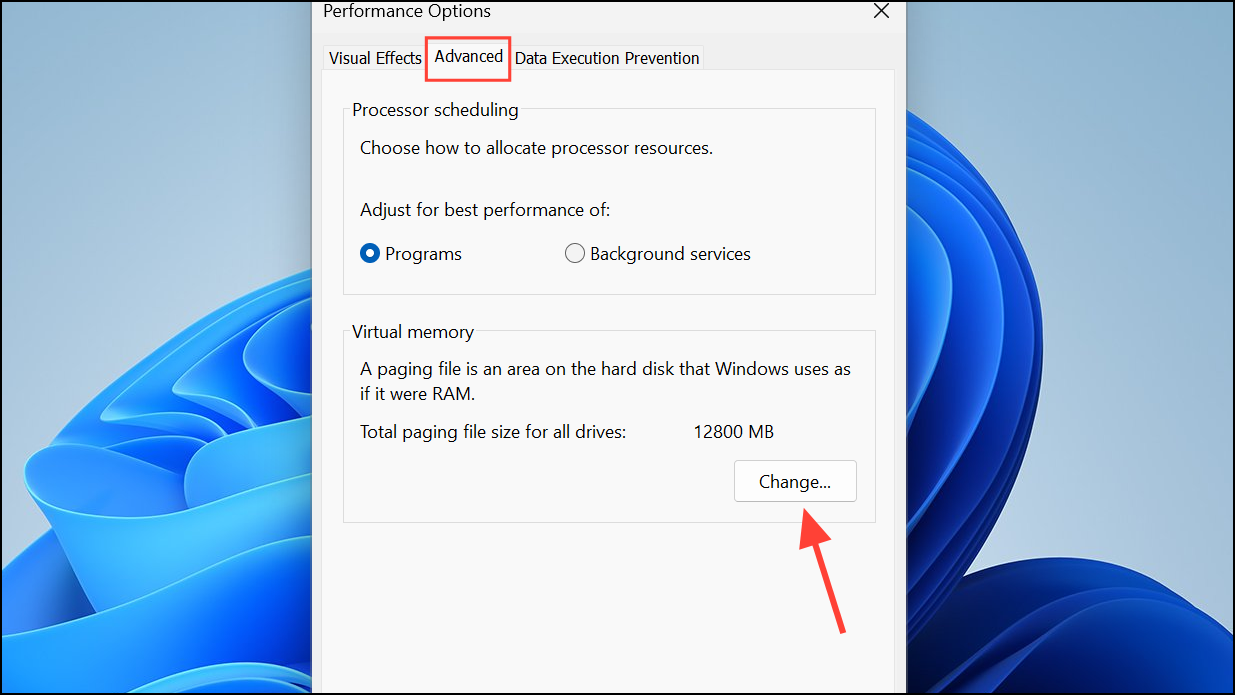
Step 3: Uncheck Automatically manage paging file size for all drives. Set the Initial size and Maximum size to the recommended values, then click OK to apply changes.
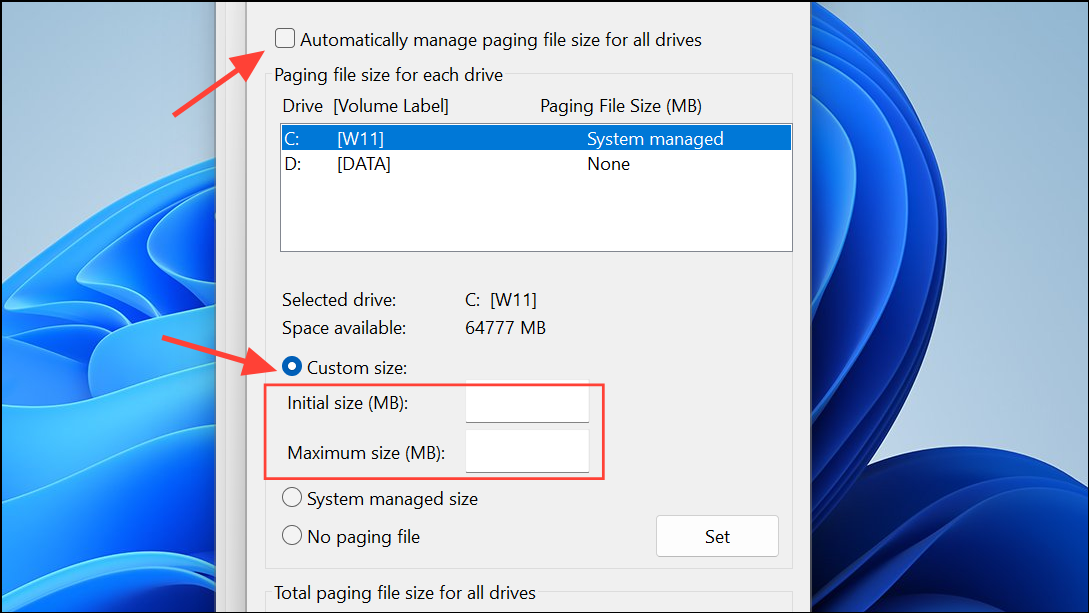
Scan for Malware and Viruses
Malware and viruses can consume system resources, disrupt processes, and trigger freezes. Running a comprehensive security scan identifies and removes malicious software.
Step 1: Open Settings and go to Privacy & security > Windows Security > Virus & threat protection.
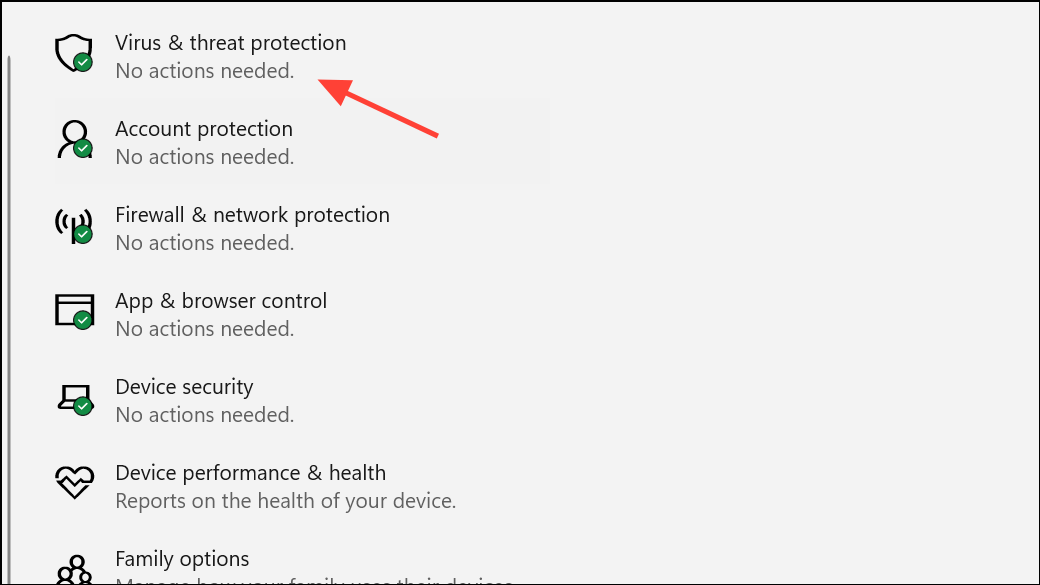
Step 2: Click Quick scan. If threats are detected, follow prompts for a full scan or Microsoft Defender Offline scan to thoroughly clean the system.
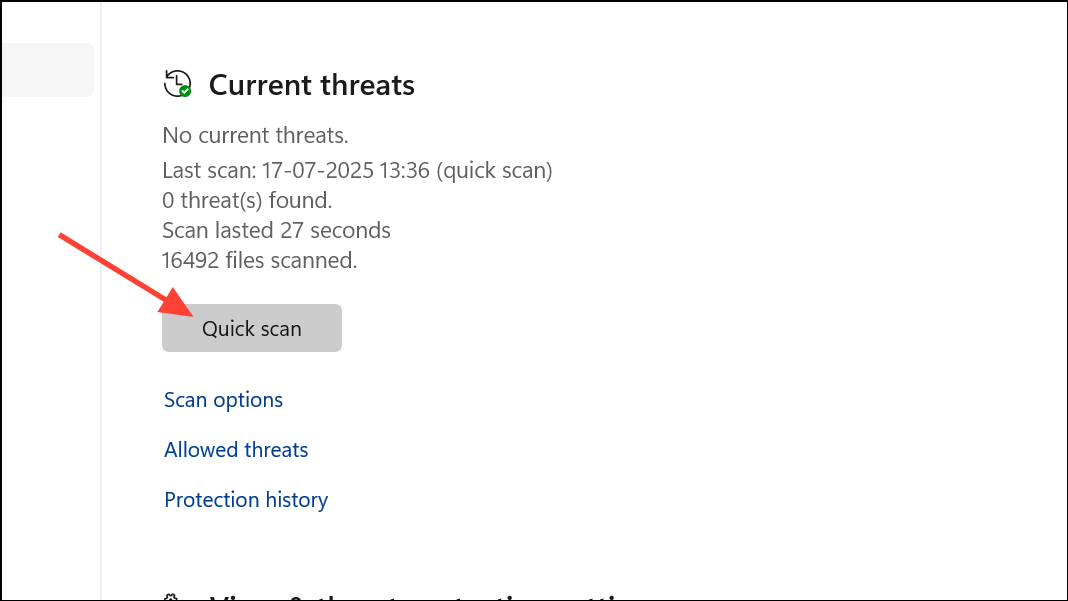
Delete Temporary Files
Accumulated temporary files can fill storage space and slow down system processes, contributing to freezes. Clearing these files removes unnecessary data and restores smooth operation.
Step 1: Open Settings and navigate to System > Storage.
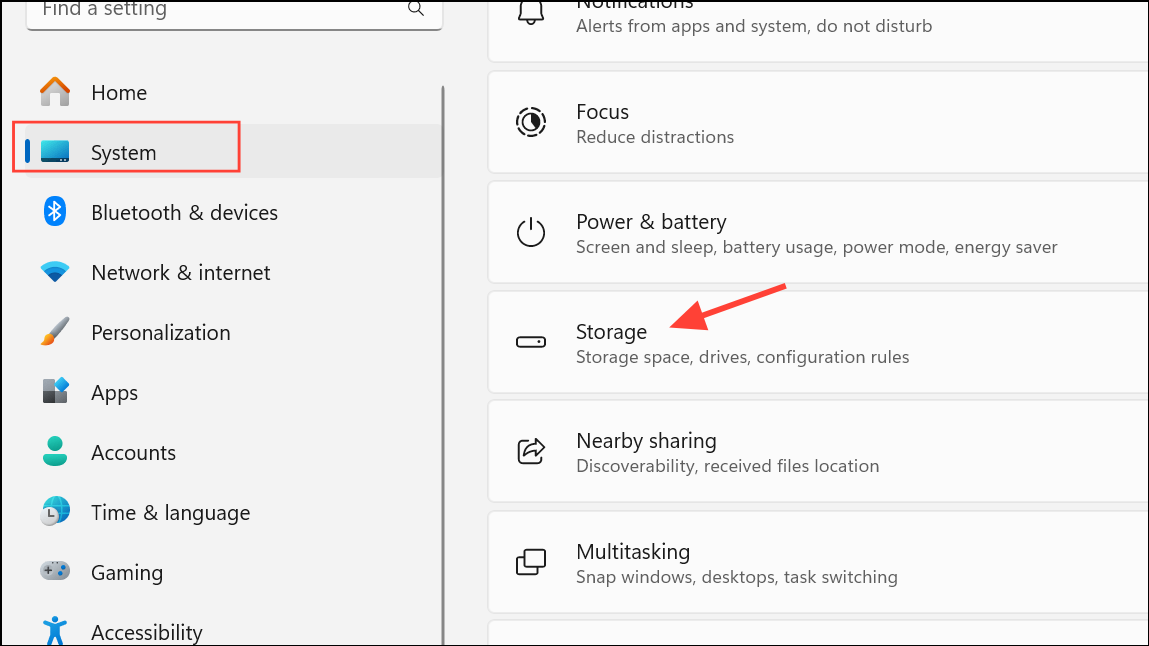
Step 2: Click Temporary files under your primary drive.
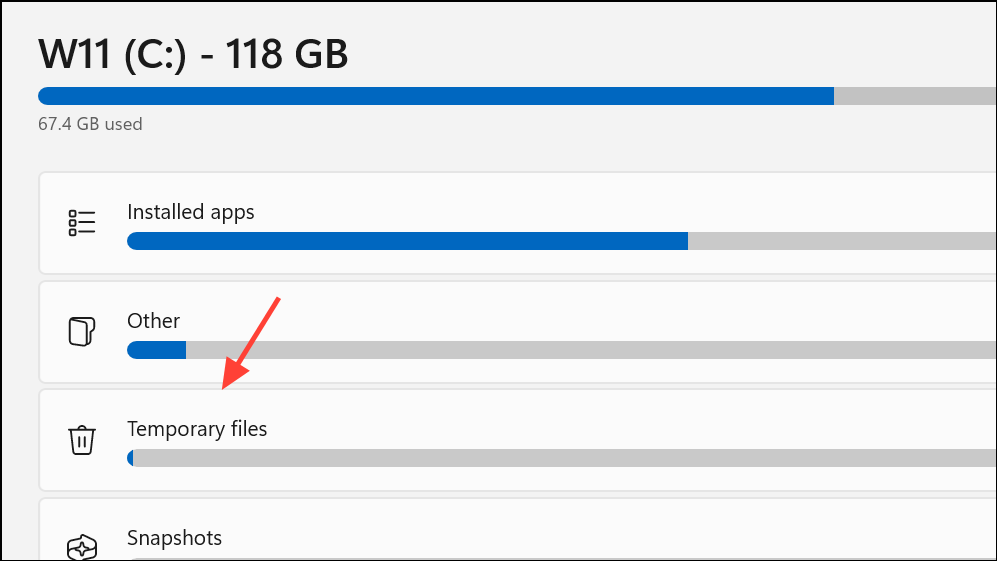
Step 3: Select the file categories you wish to remove and click Remove files.
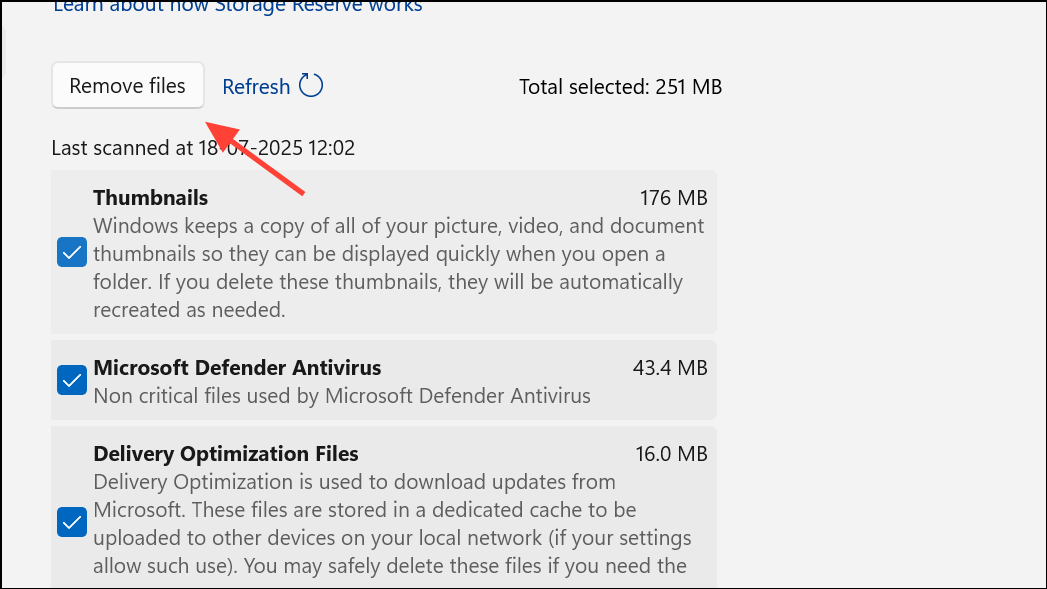
Test RAM and Hardware Components
Hardware faults, particularly with RAM or storage drives, can cause persistent freezing that software fixes cannot resolve. Running diagnostic tests helps identify failing components.
Step 1: Press Win + R, type mdsched.exe, and press Enter to launch Windows Memory Diagnostic.
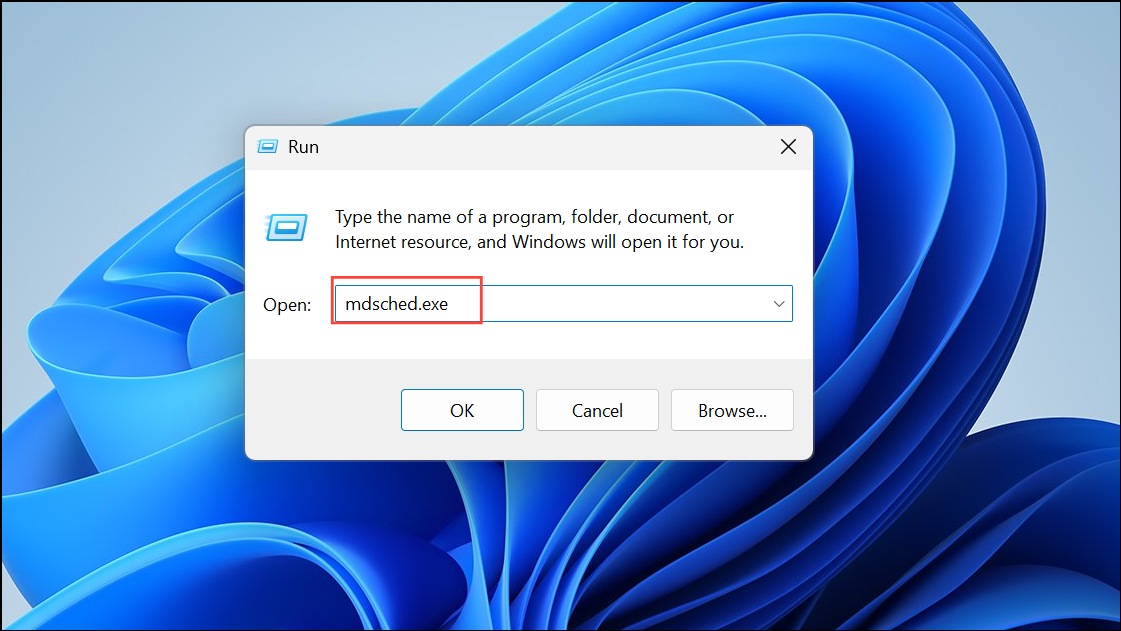
Step 2: Choose Restart now and check for problems. The system will reboot and scan for memory errors.
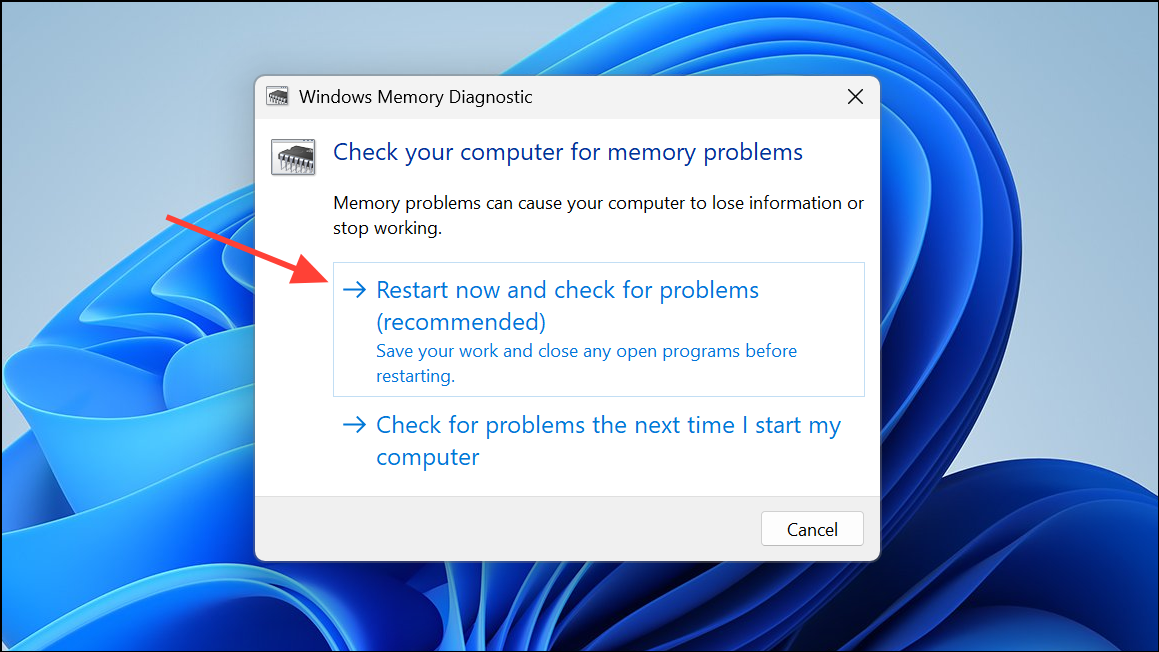
Step 3: For more thorough testing, use tools like MemTest86 to check each RAM stick individually. If errors are detected, try reseating or replacing faulty modules.
Step 4: To check storage drives, open Command Prompt as administrator and enter:
chkdsk C: /f /r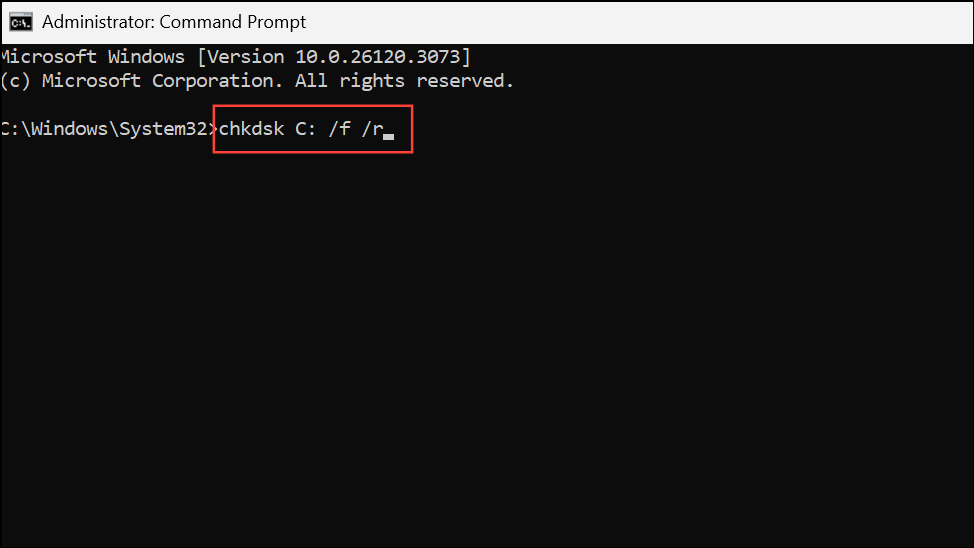
This scans for and repairs disk errors and bad sectors. Replace drives that show persistent errors.
Perform a Clean Boot
Conflicting third-party startup programs or services can interfere with system processes and cause freezes. A clean boot loads Windows with minimal drivers and services, isolating problematic software.
Step 1: Press Win + R, type msconfig, and press Enter.
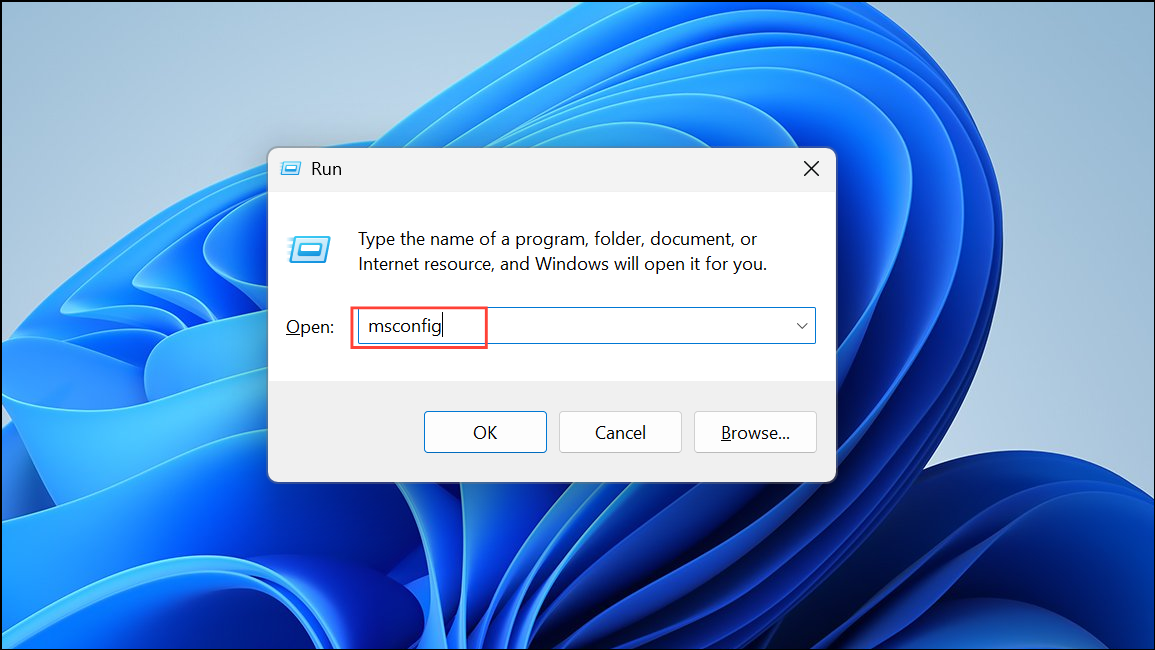
Step 2: In the System Configuration window, go to the Services tab, check Hide all Microsoft services, then click Disable all.
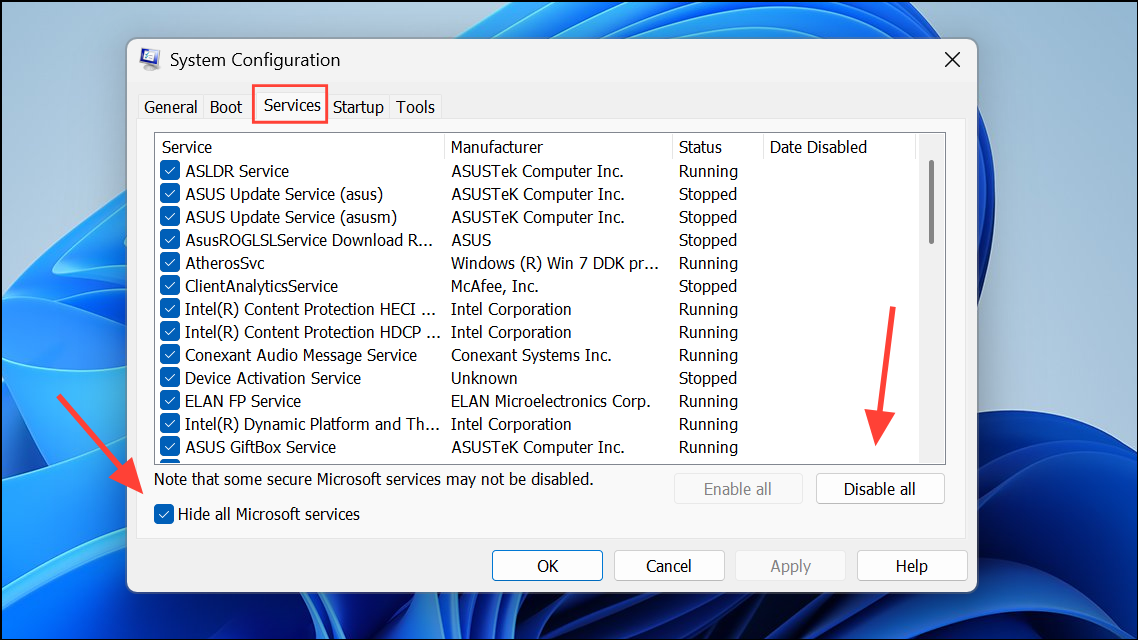
Step 3: Switch to the Startup tab and open Task Manager. Disable all non-essential startup items.
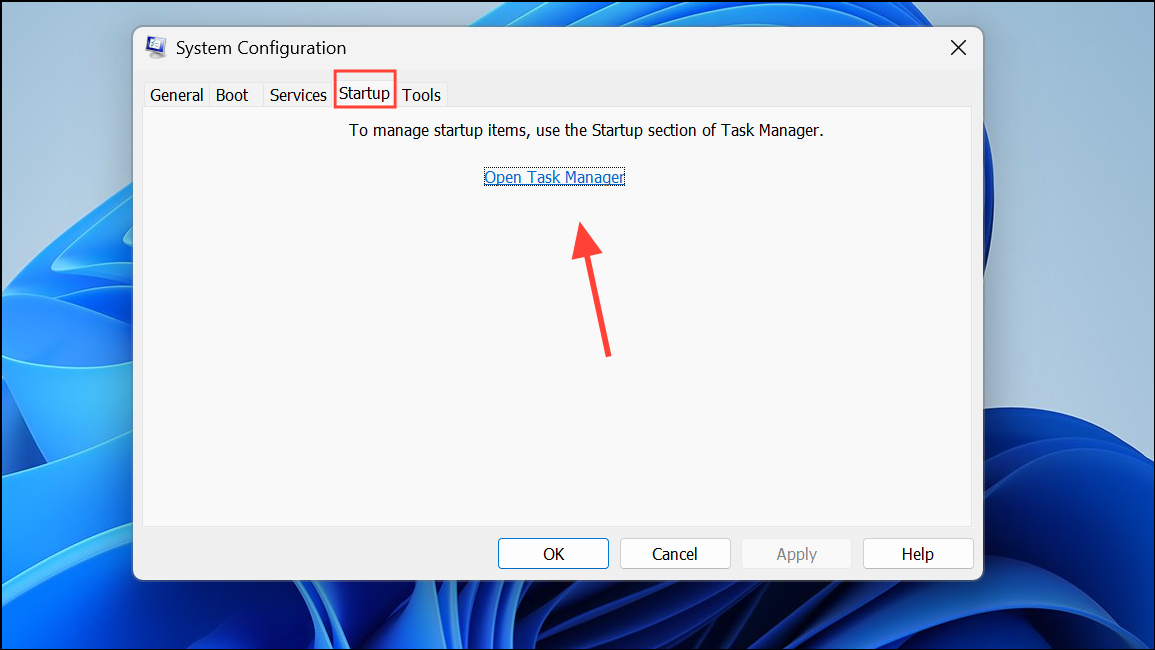
Step 4: Restart the computer. If the freezing stops, gradually re-enable services and startup items to identify the source of conflict.
Restore from a System Restore Point
System Restore reverts your PC to a previous working state, undoing recent changes that may have caused instability. This process does not affect personal files but may remove recently installed drivers or applications.
Step 1: Open the Start menu, type Control Panel, and select it.
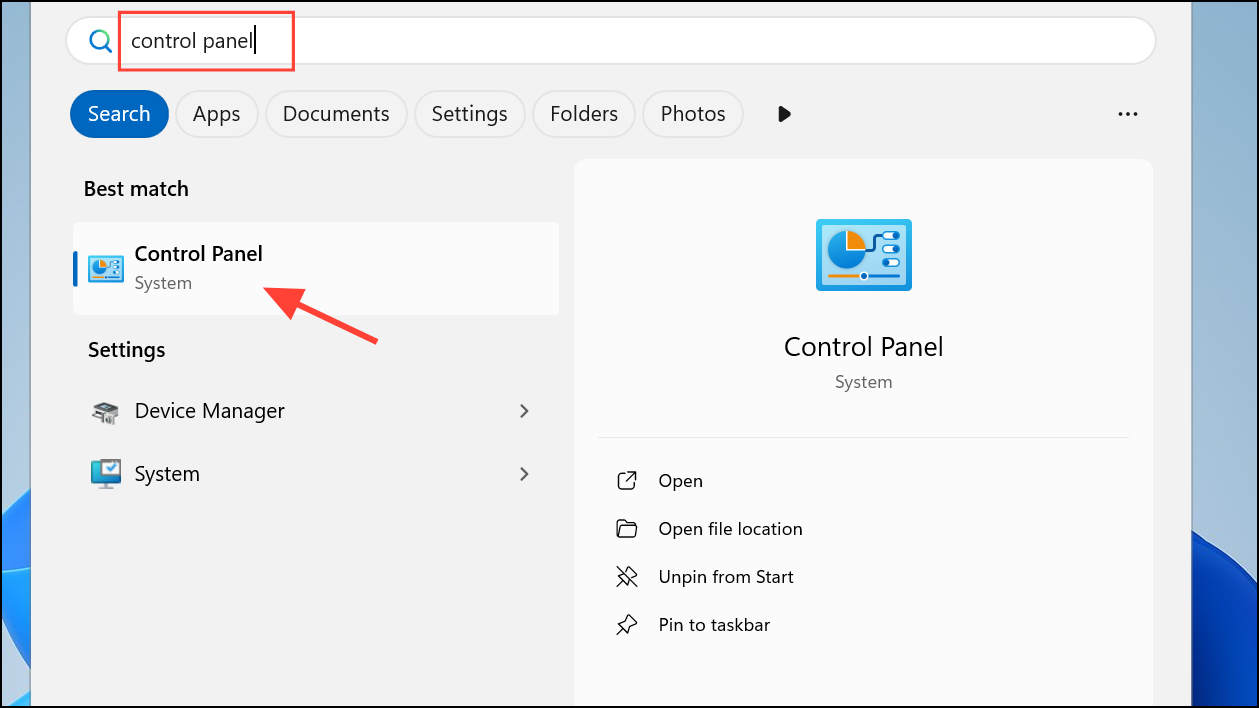
Step 2: In the Control Panel's search box, type recovery and select Recovery.
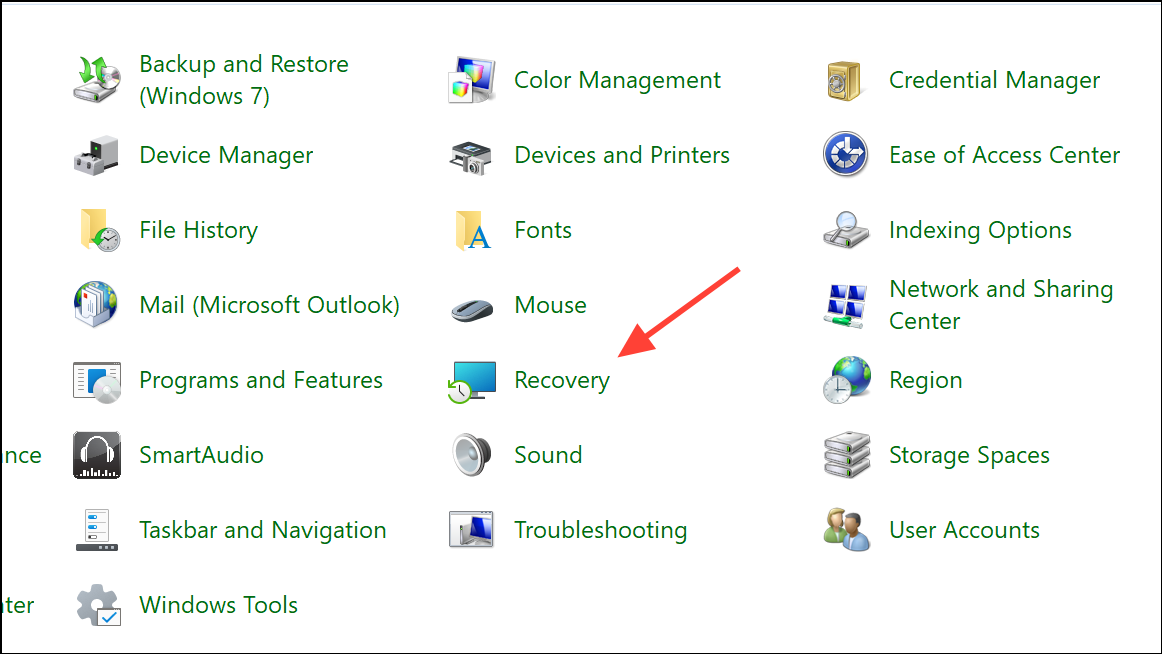
Step 3: Click Open System Restore and follow the prompts to select a restore point before the freezing began.
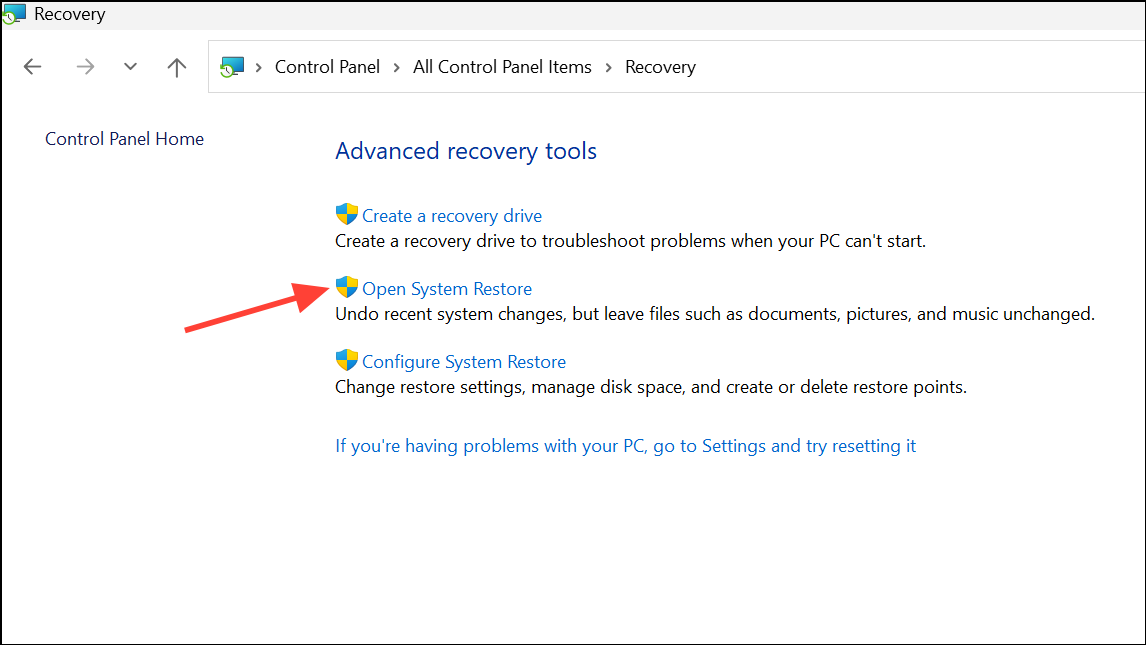
Step 4: Complete the restore process and allow the system to restart.
Reset or Reinstall Windows 11
If all troubleshooting steps fail and freezing persists, resetting or reinstalling Windows 11 may be necessary. This process reinstalls the operating system, resolving deep-seated software issues. Back up important files before proceeding, as resetting or reinstalling may remove apps and settings.
Step 1: Open Settings and go to System > Recovery.
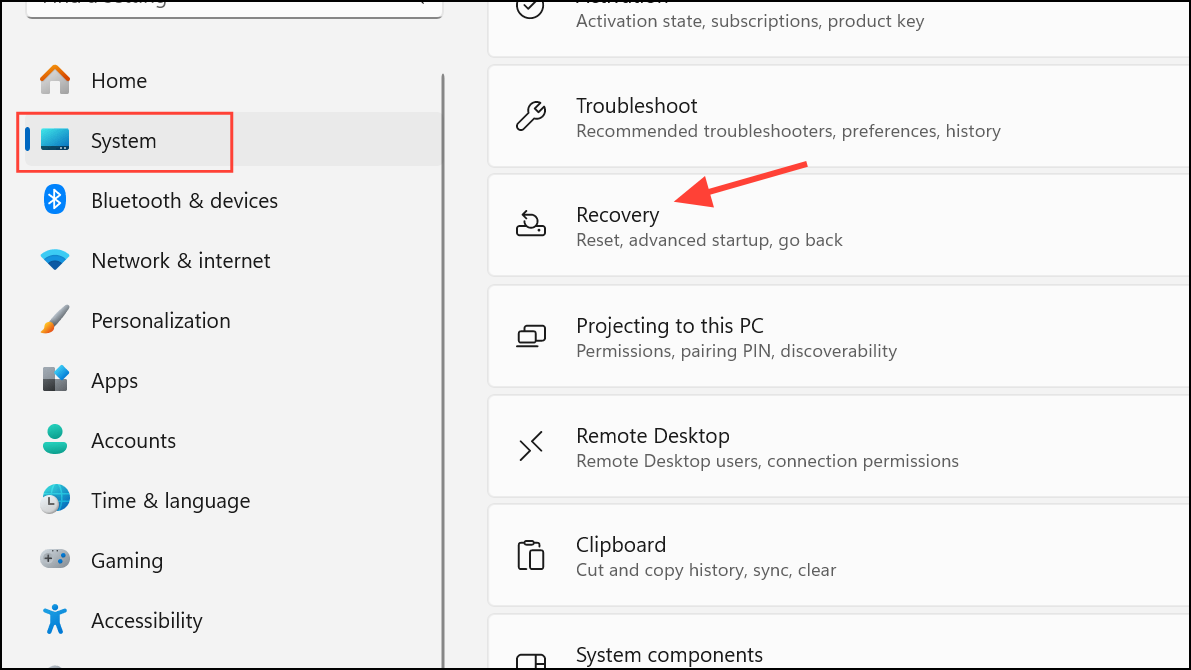
Step 2: Under Recovery options, select Reset PC and choose whether to keep or remove personal files.
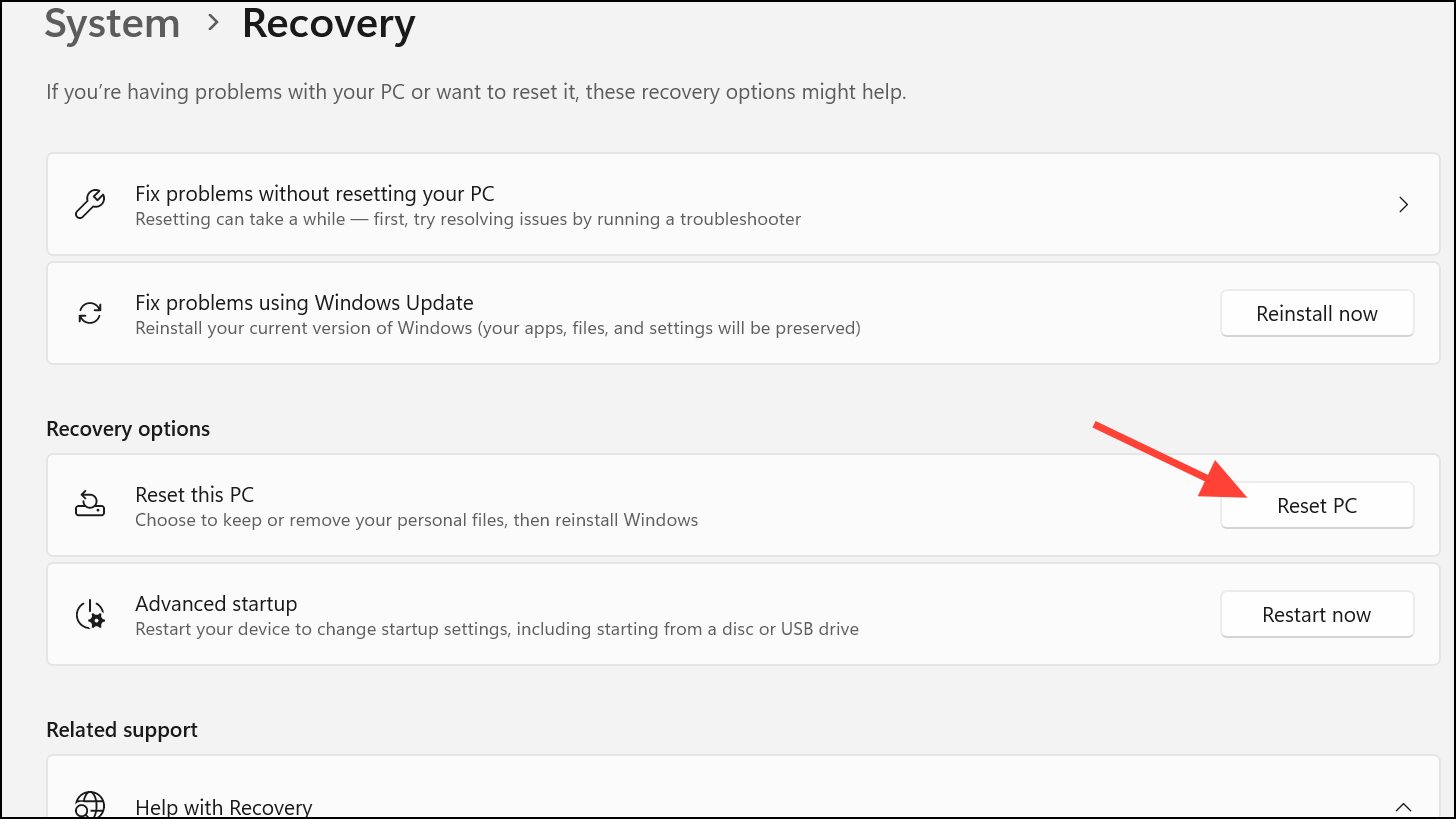
Step 3: Follow the on-screen instructions to complete the reset or clean installation process.
Resolving desktop freezes in Windows 11 often requires a combination of driver updates, system repairs, and hardware checks. Keeping your system current and monitoring for hardware issues helps maintain reliable performance and prevents future interruptions.

